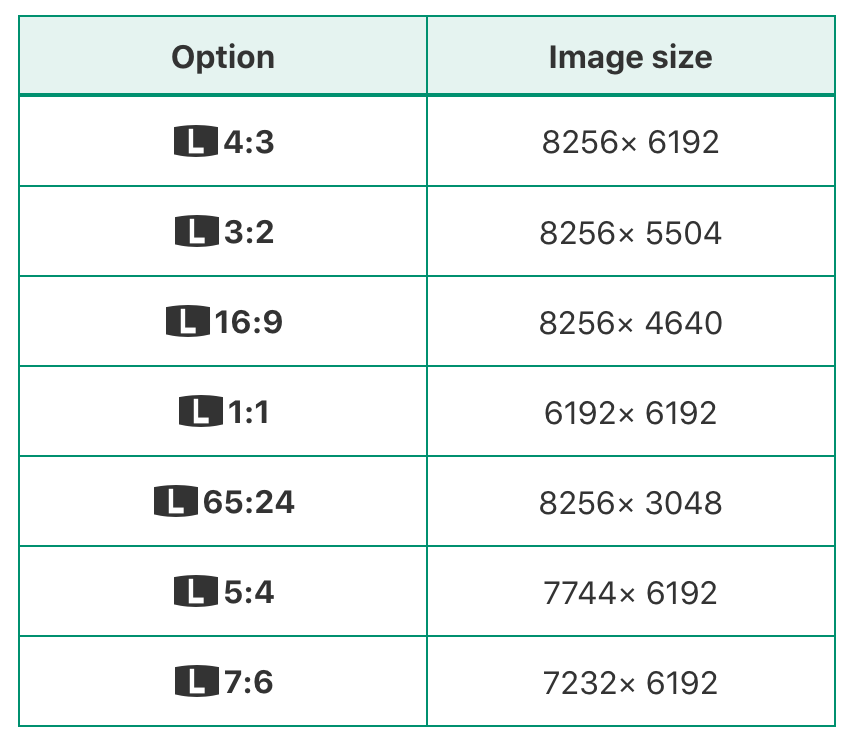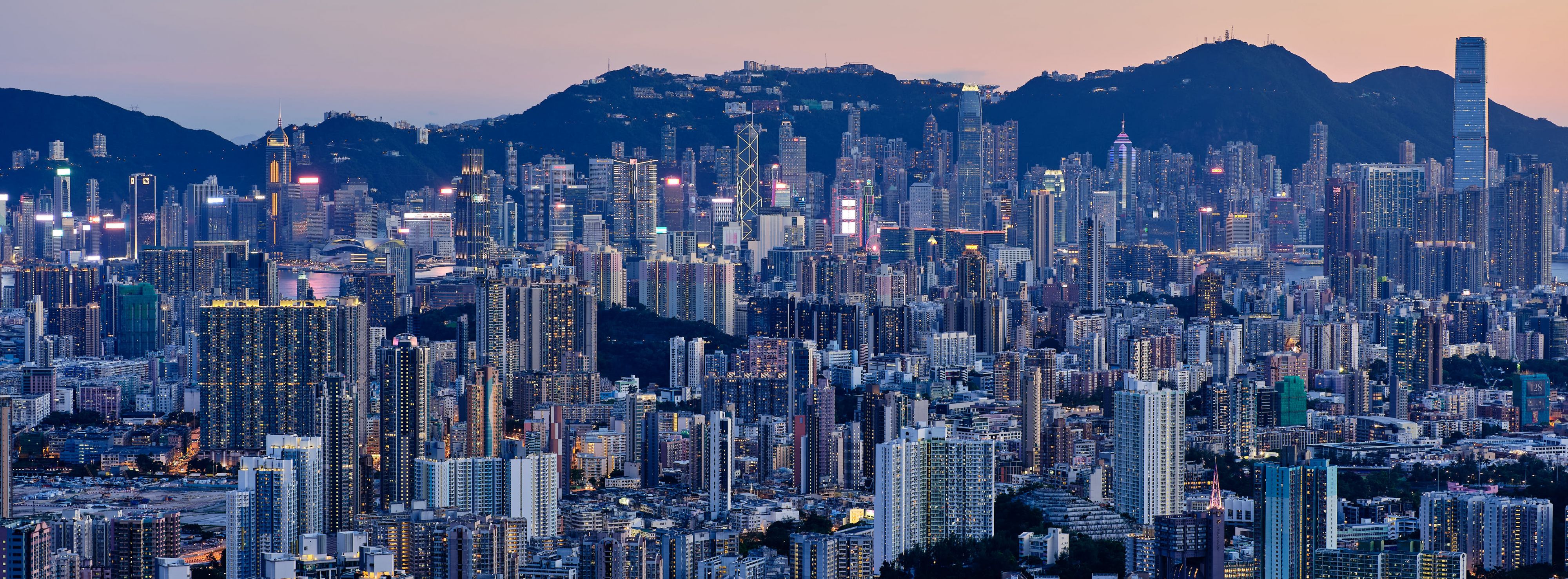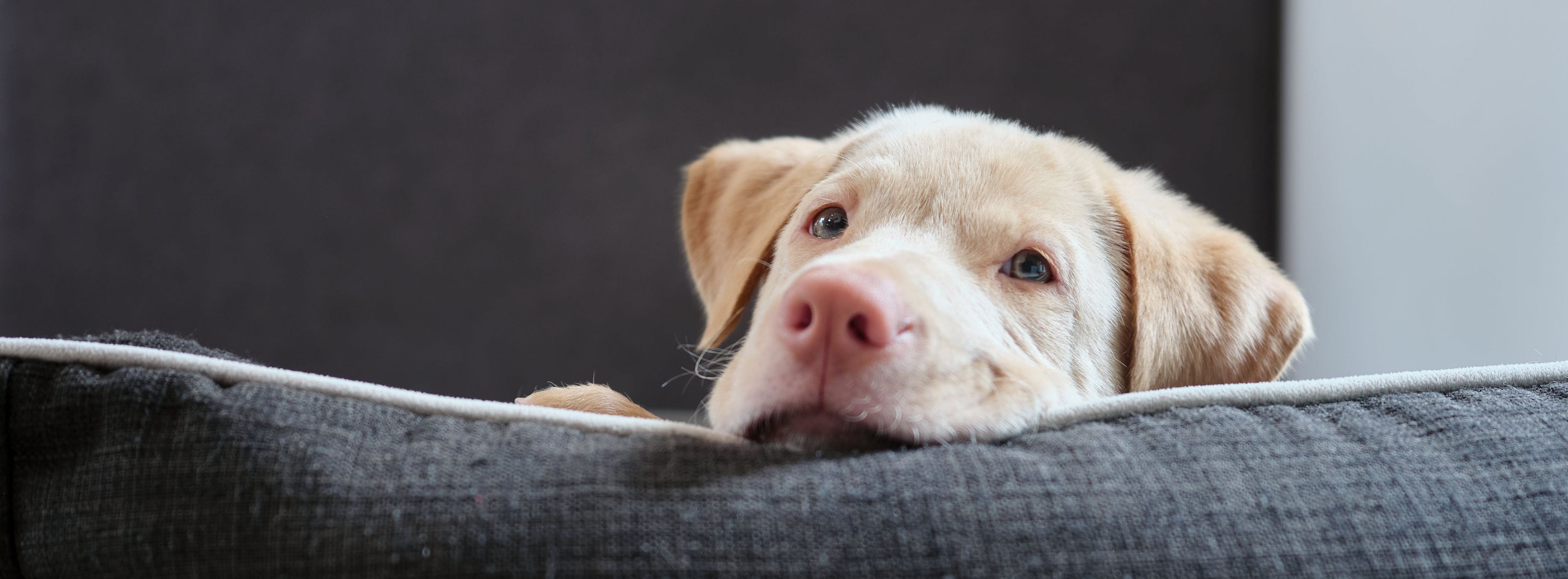While out photographing a cityscape of Hong Kong, I had an idea to try some unique cropping. While standing in front of the stunning skyline, I brought up the image size menu on the Fujifilm GFX50R, and came across an unusual crop dimension of 65:24. I had never seen this crop before, but it turns out it has significant historic importance in the photography world.

Fujifilm has a long history in building panoramic cameras such as the Fujifilm G617 which was launched in 1983, and as its name implies, has a 6:17 ratio. Further to that, Fujifilm worked with Hasselblad to produce the gorgeous Fujifilm T-X1 and Hasselblad XPan, both of which use 65mm x 24mm film.
In today’s hyper race for more and more resolution, cropping away some of those hard earned pixels seems counterintuitive and a waste. However, I suggest the exact opposite is the case; with so much resolution, we can now afford to lob off a few megapixels worth of data to give images a unique look, while still having plenty of resolution for printing or online viewing.
My GFX50R comes with a 51MP sensor in a 43.8 mm x 32.9 mm 4:3 format, which is somewhat unique in today’s world, sharing the same ratio with micro four-thirds cameras, albeit with a much smaller 18mm x 13.5 mm sensor. It wasn’t always this way however as every home in North America had a TV in a 4:3 ratio; they’ve all been replaced with 16:9 TVs which we still have today.

Image formats have gone through transitions in the past and we see a lot of 1:1 format images these days due to Instagram and more viewers using phones to consume images. The most common however is probably still 3:2, which is the ratio for full-frame cameras, which use a 36 mm x 24 mm sensor, and APSC cameras, which use a 24 mm ×16 mm sensor. The 3:2 ratio goes all the way back to 1913 when Oskar Barnack chose this film ratio for the popular Leica 1.

With today’s monster high resolution cameras, we have the luxury of excess pixels that are more than willing to be sacrificed for the greater good. When the GFX50R is put into the 65:24 crop mode, the resolution drops down from 51MP to 25MP, which is just slightly lower than what you get in the excellent Fujifilm X-T4 with its 26MP, and slightly higher than what you get with the Sony A7III and Leica M10 with their 24MP.

Essentially, there is still plenty of resolution remaining at 65:24. Further to that, because of the crop, you get the full width of the sensor with its 8256 pixels, so even when printing large, you can easily print up to 42″ or 104cm wide while maintaining 200 PPI resolution, a bit lower than “Retina” resolution, but more than sufficient for a print.
The intent of this post was to make you aware of the different crop options that you have available to you, and to encourage you to try out some funky crops to make your images more unique and interesting. With today’s high megapixel cameras, you don’t have to worry about the loss of resolution, which I think opens up a whole slew of interesting crop options.
If you want to learn more about the different crop options or image aspect ratios, Wikipedia has some excellent content around the different image aspect ratios and their history. For more information about the beautiful Fujifilm TX-1, I would suggest reading this article at camera-wiki.org. I hope you’ve enjoyed this short post!
Discover more from fcracer - Travel & Photography
Subscribe to get the latest posts sent to your email.
Great article Farz! Somewhere along the line I picked up “cropping is bad” as a mantra but have slowly started to reintroduce it into my photos. This makes a wonderful case for it, especially given the progression of sensor technology as you note. You’re also steadily placing the GFX50R into my “future purchase” bucket.
*The second image here is now my new screen wallpaper by the way -lovely!
Thanks Yarko. I’m the same as you, somehow I’ve become programmed to never crop. I sometimes throw away an amazing image because it’s not full resolution. When I’m photographing my dogs, it’s often the case that they don’t stand in the spot I need for the composition, so cropping in those cases helps a lot. When they shrink down the GFX100 to GFX50 size, we’ll have even more cropping ability. I think the 50R is definitely in your future; it’s a camera for thoughtful photographers that don’t mind the lack of speed.
Great read. Never owned a TX1/Xpan, but have often lusted after. Been considering picking up the GF30 to pair with the 50r mainly for this crop use. Have to admit eyeing the Laowa 17mm for same, though fewer 65:24 use cases with normal distance distortion. For those with Sigma/Foveon cameras, the 21:9 shooting option is also great to compose with.
Thanks for writing in. If you get the Laowa, let me know what you think. I really need a wide angle but I’m worried that the aftermarket lenses can’t hold up to the native Fujinon lenses. My friend at http://www.wanderinglass.com has made very good use of his Laowa wide-angle on his Sony A7R4.